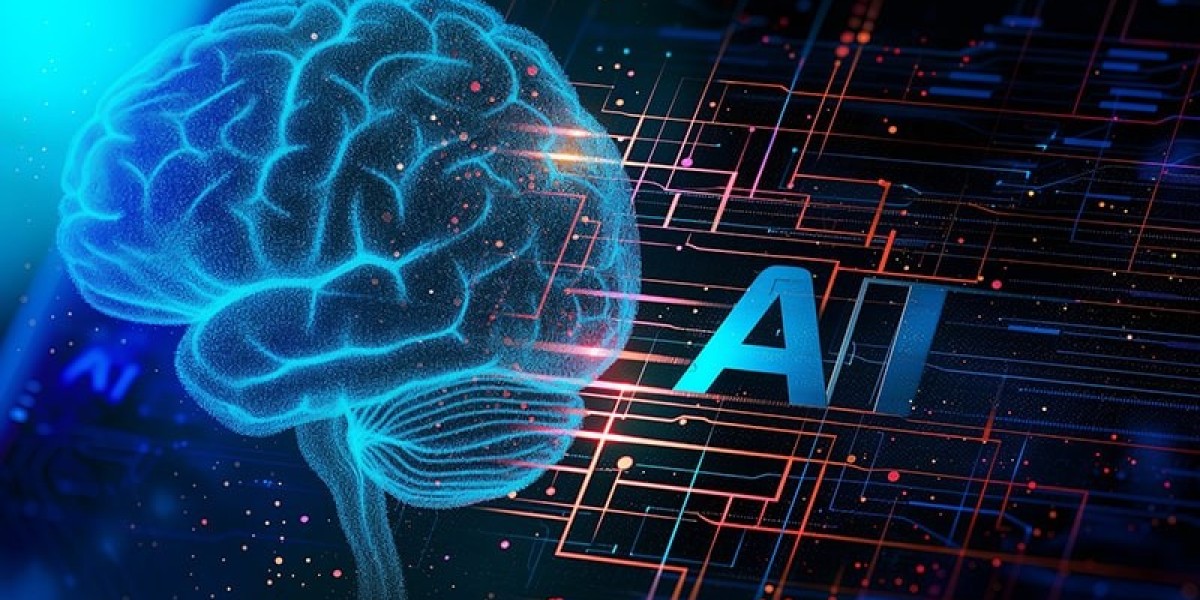Artificial Intelligence (AI) is transforming how we communicate, learn, and work. But alongside its impressive capabilities comes a growing need to differentiate human-generated content from machine-produced text. This has led to the emergence of technologies such as "Detector de IA" (AI Detector in Spanish) and "Détecteur IA" (AI Detector in French), which aim to identify content generated by AI.
What is a Detector de IA / Détecteur IA?
A Detector de IA or Détecteur IA is a tool or software designed to analyze text and determine whether it was written by a human or generated by an AI system like ChatGPT, GPT-4, or other large language models. These detectors use machine learning and statistical analysis to identify patterns typical of AI-generated content.
While the core purpose is the same, the term "Detector de IA" is used primarily in Spanish-speaking regions, while "Détecteur IA" is the equivalent in French-speaking countries. Both terms refer to tools that are becoming increasingly important in academic, professional, and creative environments.
How Do AI Detectors Work?
AI detectors rely on a range of techniques to identify machine-generated text. These include:
1. Perplexity and Burstiness
Perplexity measures how predictable a word is in a given context. AI tends to produce highly predictable patterns.
Burstiness refers to the variation in sentence length and complexity. Human writing tends to vary more.
2. Machine Learning Models
Detectors use trained algorithms that have seen thousands or millions of examples of both human and AI-generated content. These models learn the stylistic and grammatical differences between the two.
3. Probability Scores
Most detectors provide a percentage score that indicates how likely the text is to be AI-generated. For instance, a 95% score suggests a high probability of AI involvement.
4. Language-Specific Features
Advanced detectors are tailored to different languages. For example, Detecteur IA may focus on nuances in French grammar, while Detector de IA may analyze Spanish linguistic traits.
Why Are AI Detectors Important?
The ability to detect AI-generated content is essential for several reasons:
1. Academic Integrity
AI tools can help students write essays, but many institutions consider this a form of plagiarism. Detectors help maintain academic honesty.
2. Content Authenticity
In journalism and publishing, it's important to ensure that human authorship is preserved, especially for opinion pieces or sensitive topics.
3. Misinformation Control
AI-generated fake news, spam, or propaganda can mislead the public. Detection tools help verify the origin of such content.
4. Job Application Review
Employers want to evaluate a candidate’s genuine writing skills. Detectors can reveal whether cover letters or portfolios were AI-assisted.
Key Features of Top AI Detectors
Here’s what you should expect from a good Detector de IA or Détecteur IA:
Multilingual Support: The ability to analyze content in English, French, Spanish, and other major languages.
High Accuracy: An AI detector should consistently differentiate human vs AI text with minimal false positives.
Ease of Use: A user-friendly interface for students, educators, professionals, and content creators.
Free and Paid Versions: Many detectors offer basic services for free with advanced features in premium plans.
Top Tools in the Market
1. OpenAI AI Text Classifier
A basic but effective tool developed by OpenAI, suitable for English content.
2. GPTZero
Popular among educators, GPTZero analyzes text using metrics like burstiness and perplexity.
3. Writer.com AI Detector
Supports multiple languages and provides clear AI probability scores.
4. Copyleaks AI Content Detector
Well-known for its multilingual detection including Spanish and French, ideal for Detector de IA and Détecteur IA use cases.
5. Sapling AI Detector
Offers real-time AI detection and integrates well with enterprise platforms.
Challenges and Limitations
Despite their usefulness, AI detectors have certain challenges:
1. False Positives
Some human-written content might be flagged as AI-generated, especially if it’s grammatically perfect or formulaic.
2. Evasion Tactics
Users can manipulate AI-generated content to bypass detection (paraphrasing, adding errors, etc.).
3. Model Bias
Detectors might perform better in some languages than others, leading to unequal results for Spanish, French, or other non-English content.
4. Evolving AI Models
As AI writing becomes more advanced and natural-sounding, it becomes harder for detectors to distinguish between human and AI content.
Applications of Detector de IA and Détecteur IA
1. Education Sector
Teachers use detectors to assess if essays or assignments were written by students or AI.
Educational platforms integrate these tools for real-time analysis.
2. Publishing and Media
Ensures authenticity in news articles, blogs, and press releases.
Prevents the spread of AI-generated misinformation.
3. Corporate Sector
Used to evaluate employee-generated reports, customer communications, and proposals.
Enhances brand voice consistency and originality.
4. Government and Law
Detection of AI-generated propaganda or spam in political campaigns.
Used in cybercrime investigations involving AI misuse.
Legal and Ethical Considerations
The use of AI detection tools brings legal and ethical questions:
Privacy: Storing or analyzing user-generated content might violate privacy laws in some regions.
Consent: Users must be informed if their text is being analyzed by AI detectors.
Discrimination: Over-reliance on detection scores could unfairly penalize individuals, especially non-native speakers.
Future of AI Detection
As AI writing continues to evolve, so must the detectors. The future might see:
1. More Advanced Algorithms
Using deeper contextual analysis and natural language understanding to spot subtle AI traces.
2. Blockchain for Authorship Verification
Future systems may use blockchain to timestamp human writing, making it tamper-proof.
3. Integrated Tools
Built into platforms like Google Docs, Microsoft Word, and CMS systems for real-time detection.
4. Education Reform
Instead of penalizing AI use, educators may teach students how to ethically integrate AI into their work.
Tips to Use Detector de IA and Détecteur IA Effectively
Always cross-check results using multiple detectors.
Understand the context – a high AI probability doesn’t always mean cheating.
Stay updated with new tools and detection trends.
Use human proofreading to complement detection tools.
Conclusion
Detector de IA and Détecteur IA are powerful tools in a world where artificial intelligence is shaping how we communicate and create. These detectors help maintain integrity, authenticity, and trust across industries. However, as AI models grow more sophisticated, detection technologies must evolve in tandem.








